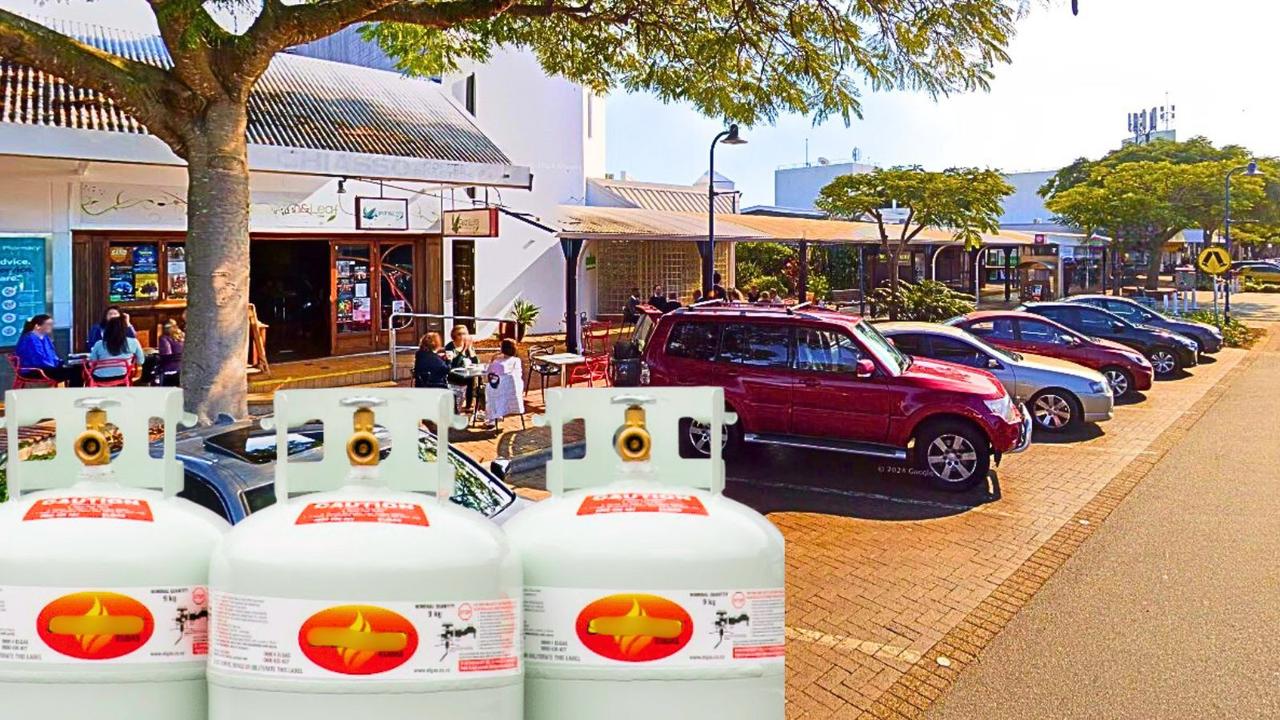Borderline sewerage plant pits Logan against Redland
Two major councils are at loggerheads over plans for a sewerage plant on their border with one saying it will wreck tourism plans, while the other says it’s necessary for population growth.
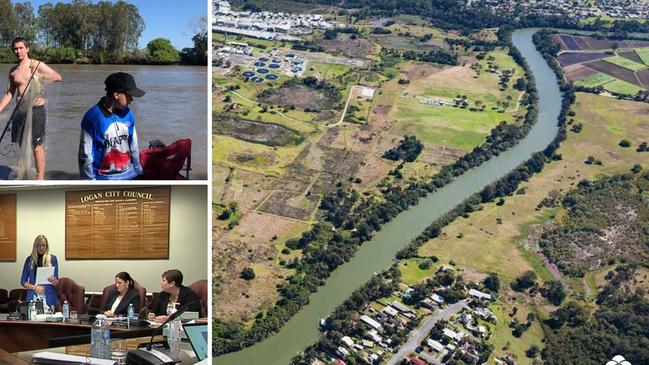
Logan
Don't miss out on the headlines from Logan. Followed categories will be added to My News.
Two local councils are at loggerheads over plans to site a fourth sewerage plant on the Logan River.
Logan City Council has taken aim at its neighbouring Redland City Council over a developer’s proposal to build the system at Serpentine Creek, on the border between the two cities.
BOOKMARK YOUR LOGAN NEWSLETTER
Developer Lendlease needs to build the sewerage plant to service its 3500-lot Shoreline housing estate, which Redland City Council has approved for its suburb of Redland Bay.
Logan this week wrote to two of the state’s highest politicians asking them to consider alternative sites to the river and the Logan border, as a matter of urgency.
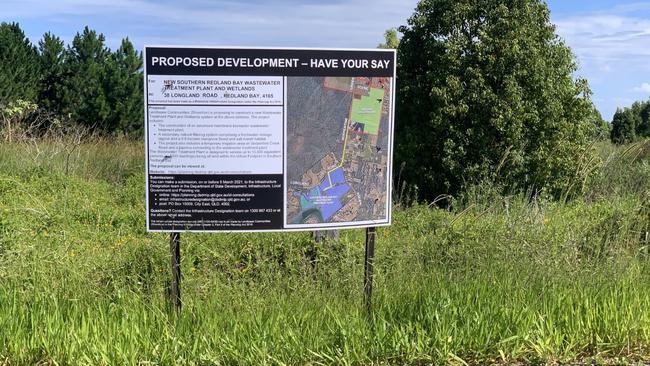
Proposals have included siting the treatment plant inside the 262ha housing estate at Redland Bay or using Redland City Council’s existing plant at Mount Cotton.
In the letters, Logan deputy environment chair Miriam Stemp said the Lendlease sewerage plant would hamper Logan’s plans for a rural-tourism precinct in the area.
The letters to deputy premier Steven Miles and Environment Minister Meaghan Scanlon listed a range of Logan residents’ concerns, including environmental impacts, which Cr Stemp said were allowed under the Redland Planning Scheme.
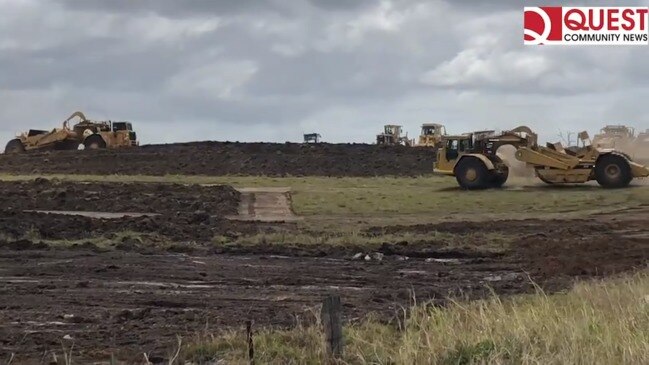
All Logan councillors and mayor Darren Power voted to send the letters.
“We appreciate these matters are covered in Redlands Planning Scheme with oversight via the southeast Queensland Regional Plan that identifies the need for sustainable growth while protecting South East Queensland high quality of living,” she said.
“We would ask, however, that consideration be given to Logan residents as this adjoining area is zoned as a rural-tourism precinct, and any nearby waste water treatment infrastructure will affect future development in this region.”

Cr Stemp said Redland City Council flood and storm tide maps “clearly” showed significant flooding into Serpentine Creek, the location and discharge point of the proposed sewerage plant.
Her letter said the discharge from the waste water treatment plant, both controlled and uncontrolled, could contaminate the Native Dog Road Conservation Area and Serpentine Creek Conservation Area.
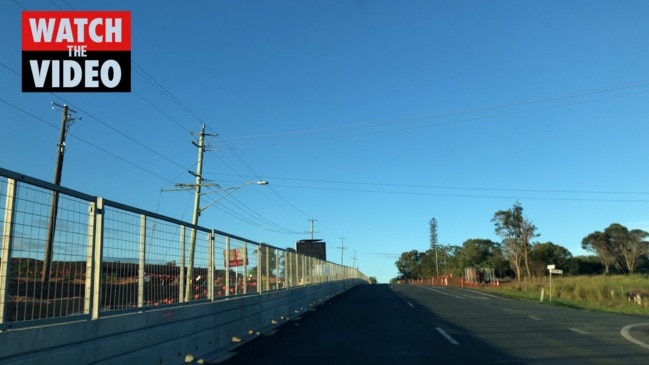
The letter also said there were concerns about the effect on plants and animals as outlined in the Department of Environment and Science report “Carbrook Wetlands Conservation Park, Serpentine Creek Conservation Park Management Plan”.
Redland City Council said the Mount Cotton treatment plant did not have the capacity to service the Shoreline development, which would ultimately be home to more than 10,000 people.
“In 2019, Redland council resolved to support a subregional solution to provide wastewater treatment for the Southern Redland Bay catchment, for land within the urban footprint,” Redland said.
“Upon completion, the new subregional wastewater treatment plant will have the capacity to service 13,500 people and 5000 houses, gradually reaching capacity over 20 years.”
OTHER STORIES
STEVEN MILES DESIGNATED TO ASSESS SEWERAGE PLANT
RESIDENTS’ FURY AT SEWERAGE PLANT MEETING
PRAWN FARMS JOIN CAMPAIGN AGAINST SEWERAGE PLANT
COVID TRACES ALERT IN LOGAN RIVER
RUSSELL ISLAND SHOPPING CENTRE SEWERAGE STINK
CALL FOR ISLANDS TO BE SEWERED
Griffith University professor Stuart Bunn, who is director of the Australian Rivers Institute, said the Logan River was “at capacity” but the state-of-the-art treatment plant would not have radical adverse effects.

“The river is pretty well maxed out in terms of its sustainable nutrient load from the catchment activities and from the existing sewerage plants,” Professor Bunn said.
“The Logan is pretty much at capacity for its receiving water quality, so any new proposal — whether it’s a prawn farm or a sewage treatment plant or a chicken farm — is going to be really testing to stay within the sustainable load limit.
“But for the development to proceed, the developer Lendlease had to show that the nutrient delivery to the bay would be very minimal.
“The way they are proposing to do that is to not just have a sewage treatment plant but to reclaim an area that is former grazing and pastoral land and restore that to a wetland.”
Professor Bunn said using the wetland to further remove nutrients from the treated sewage was a positive approach and would also reduce greenhouse gases.



